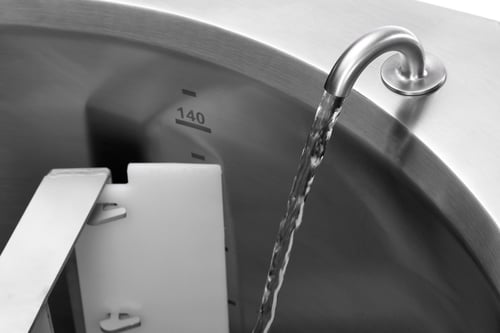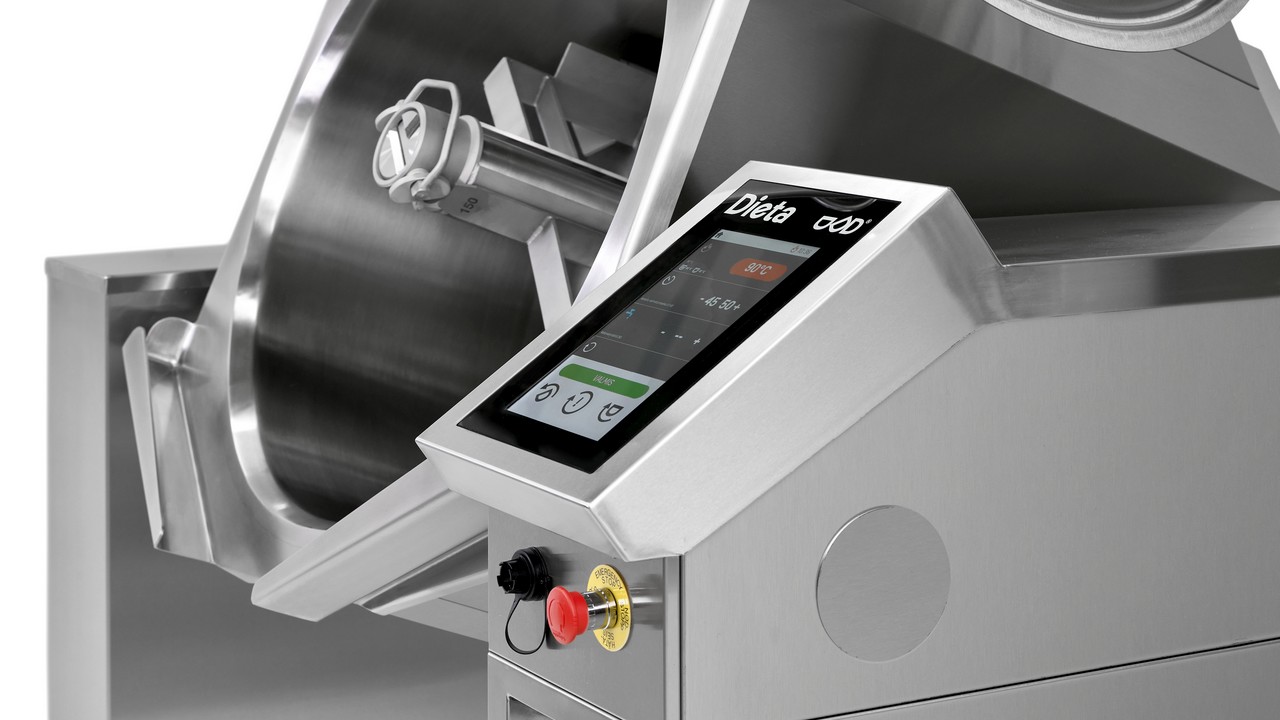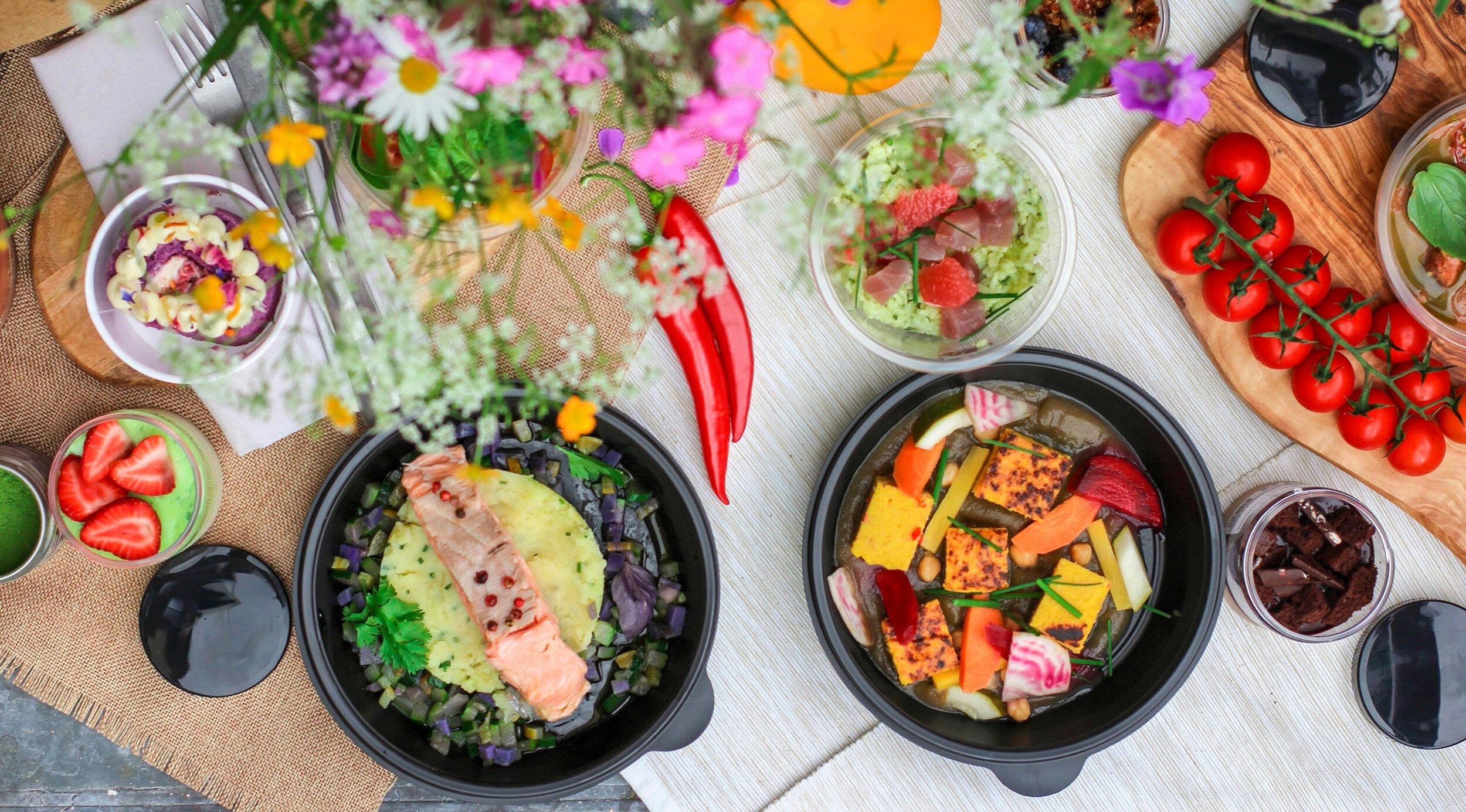Energy efficiency in commercial kitchens isn't just a trend; it's a vital aspect of running a successful and sustainable culinary operation. With the ever-rising costs of energy and a global push for environmental responsibility, optimizing your kitchen's energy usage becomes a pivotal step towards profitability and eco-consciousness.
Understanding Energy Consumption
Did you know that up to 70% of wasted electric energy in commercial kitchens is due to behavioral factors and poor maintenance? That's a staggering amount, but it's also an opportunity for improvement. By focusing on key areas and implementing strategic changes, your kitchen can become a beacon of efficiency.
Practical Steps for Efficient Operation
By implementing practical energy-saving strategies and incorporating energy-efficient equipment like Dieta mixer kettles, you're not just cutting costs—you're contributing to a greener future while ensuring the success and sustainability of your company.
Identifying Energy Usage Hotspots:
Start by pinpointing where your kitchen consumes the most energy. Observing and tracking energy consumption patterns in those areas provides invaluable insights into where adjustments can be made for efficiency gains.
By analyzing these usage patterns and comparing them to industry benchmarks, you'll gain a clearer picture of potential areas for improvement without the need for complex installations or equipment. This simple observation can pave the way for targeted energy-saving strategies.
Energy-efficient equipment:
An eye-opening study revealed that cooking comprises a substantial chunk—around 42%—of electric consumption in combined commercial kitchen categories. This insight sheds light on the significance of investing in energy-efficient cooking appliances and equipment.
Average percentages of energy consumption in commercial kitchens:
- 42% Cooking
- 28% Freezers and Refrigerators
- 16% Air Handling
- 10% Lighting
- 4% Warewashing
Investing in energy-efficient equipment is a game-changer. This is typically the most impactful step toward cutting costs.
With energy-efficient food temperature control and mixing features, Dieta kettles result in as much as 40% energy consumption savings, equivalent to €2,200–2,300 and 9,500 kWh annually.
Water consumption:
One of the easiest yet often overlooked aspects of energy efficiency is water consumption. For example by switching to appliances that automate water usage, significant water and energy savings can be achieved without disrupting daily operations.
An example: a Dieta kettle's automatic washing program will achieve water and detergent savings of up to 80% – for every wash. This will make a saving of 88,000 liters per kettle in one year.
Mindful habits and education:
Simple actions like turning off appliances when not in use, utilizing LED and other energy-saving lighting, and adhering to regular cleaning and maintenance schedules can yield substantial long-term benefits. Educating and motivating staff about these practices can make a world of difference in day-to-day operations.
Waste Reduction:
Implement waste reduction strategies to minimize discarded food and materials. Efficient waste management not only saves resources but also reduces associated energy usage.
Dieta Genier's cooking programs automate kettle operations, guiding kitchen professionals as needed. This boosts productivity, maintains consistent meal quality, and reduces food wastage.
---
If you're seeking personalized advice or need equipment to boost your kitchen's efficiency, our expert team is here to help. Get in touch today and take the first step toward a more efficient kitchen operation!





